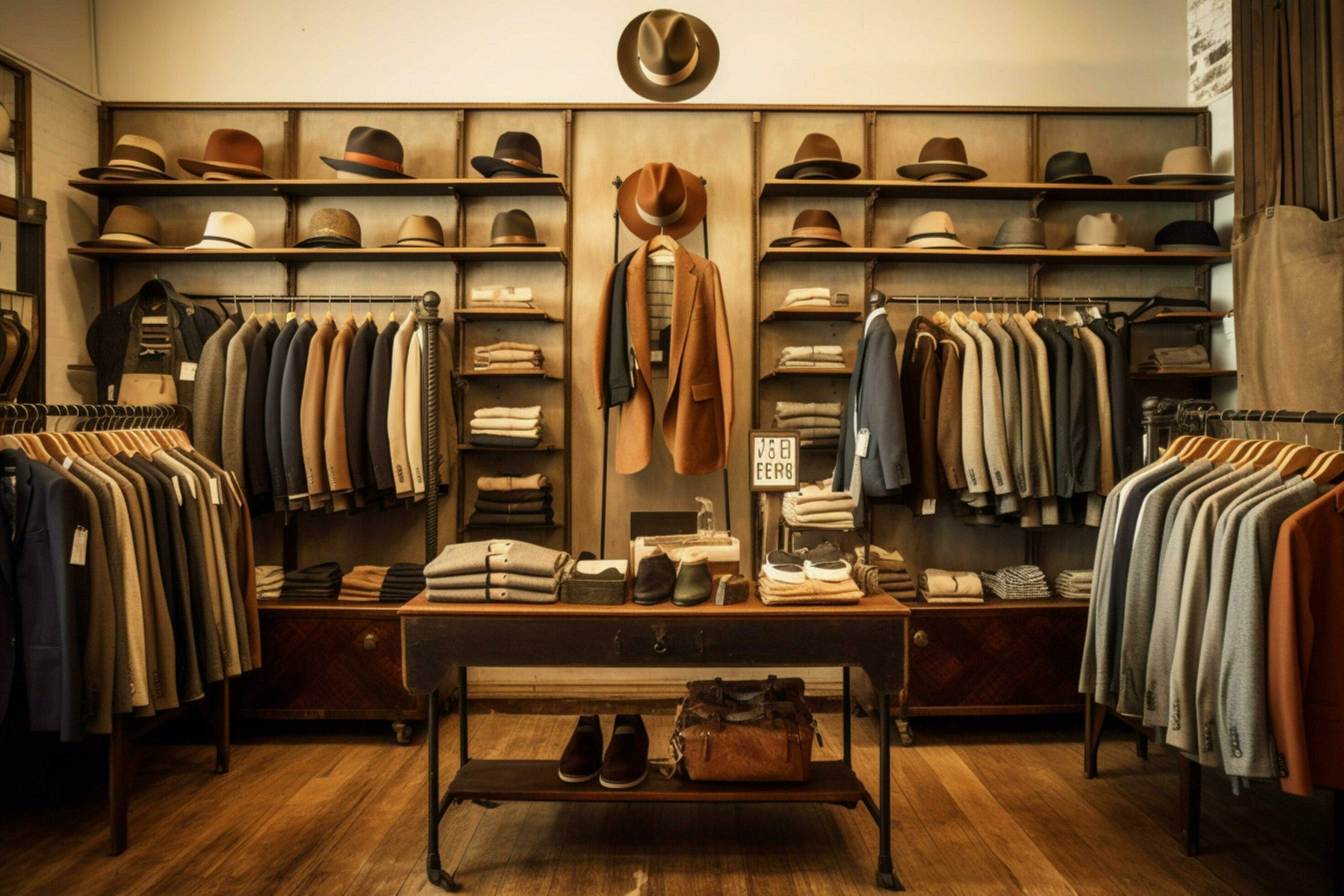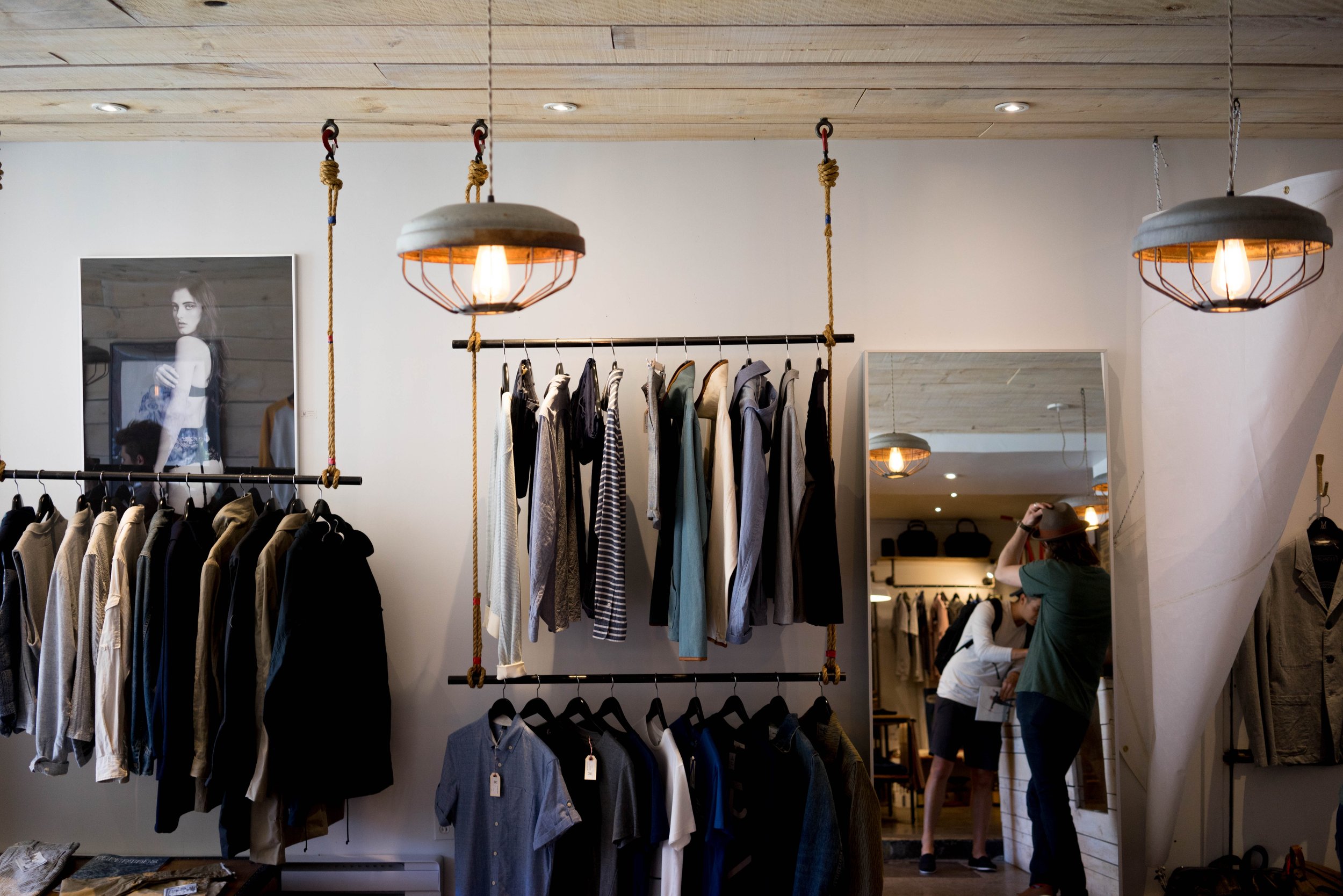Leading 10 Essential Item from Your Favorite Boutique Fashion Shops
Leading 10 Essential Item from Your Favorite Boutique Fashion Shops
Blog Article
Checking Out the Development and Impact of Garments on Modern Style Trends
The development of garments has significantly influenced modern fashion patterns, combining historical criteria with advanced advancements. Famous numbers like Coco Chanel and Yves Saint Laurent transformed the fashion industry by introducing principles that focus on convenience and access, which proceed to reverberate today.
Historic Fashion Influencers
In the tapestry of fashion background, specific figures have left an indelible mark, shaping the patterns and designs that define whole eras. Coco Chanel, an innovative designer, redefined ladies's style by introducing comfortable, sophisticated clothing that left from limiting bodices. Her renowned Chanel suit and little black gown have come to be ageless staples in wardrobes worldwide. Christian Dior's post-war "New Look" in 1947, with its event of feminineness through complete skirts and cinched midsections, noted a return to luxury and has proceeded to influence developers.
Elsa Schiaparelli is one more pivotal figure, renowned for her progressive layouts that integrated surrealist art, collaborating with Salvador Dalí to create whimsical items that challenged conventional looks. Her innovative use color and strong patterns resounds in modern fashion. Yves Saint Laurent, at the same time, equalized high style with prêt-à-porter collections, bringing runway designs to the masses and setting a criterion for contemporary ready-to-wear lines.
These dreamers, among others, not only transformed style in their times but additionally set withstanding fads that reverberate in today's fashion sector, giving a structure whereupon modern-day designers remain to construct and introduce. Their heritages underscore the relevance of creativity and daring in vogue's ever-evolving story.
Technological Advancements in Fashion
Among the dynamic landscape of the fashion sector, technical developments stand at the leading edge of technology, reshaping just how developers create and consumers involve with style. The combination of 3D printing has actually changed layout processes, allowing designers to explore complicated frameworks and lasting products that were formerly impossible. This modern technology facilitates fast prototyping, decreasing waste and expediting manufacturing times.

Smart fabrics, embedding innovation into materials, are likewise changing the industry. Technologies like self-cleaning and temperature-regulating materials supply improved functionality and comfort. Wearable innovation, including features like physical fitness tracking and communication, includes a new dimension to fashion, merging aesthetic appeals with usefulness.
Social Shifts and Design
As technical improvements proceed to improve the garment industry, cultural changes are equally significant, redefining design and consumer preferences. Recently, the surge of social media sites platforms has accelerated the circulation of international fashion fads, permitting diverse cultural impacts to assemble and coexist. This digital interconnectivity has actually facilitated the fast exchange of concepts, resulting in a more inclusive and diverse analysis of style that mirrors the diverse nature of contemporary society.
Social awareness and appreciation have actually prompted developers to attract motivation from a wider spectrum of historical and ethnic contexts, incorporating typical concepts with contemporary aesthetics. This combination has led to fashion that reverberates with a broader target market, advertising a sense of identification and belonging throughout various demographics. Furthermore, the enhancing need for personalization has driven brand names to offer personalized options, allowing consumers to reveal uniqueness while reflecting their cultural heritage.
Furthermore, moving societal values have influenced fashion, with inclusivity and variety coming to be central themes. The sector has actually started to accept models and influencers of various physique, ethnic backgrounds, and sex identities, tough standard elegance requirements. This change underscores the power of social shifts in shaping the future of style, as style becomes a more genuine expression of individual and collective identity.
Sustainability and Modern Style
While the style sector continues to evolve, the imperative for sustainability has actually become progressively urgent, influencing modern design practices. The increase of slow-moving fashion, which stresses top quality over amount, encourages customers to spend in timeless items rather than transient patterns.
Additionally, modern layout is characterized by its development in decreasing waste and promoting circularity. This technique not just mitigates environmental impact but additionally enhances the social duty of style homes.

Future Trends in vogue

Sustainability will remain to be a driving force in forming future style trends. The market is increasingly taking on eco-friendly products and honest production approaches, replying to an expanding customer need for accountable practices. Advancements such as bio-fabricated materials and closed-loop recycling systems are established to redefine just how garments is generated and eaten, minimizing ecological impact while keeping style and top quality.
Cultural shifts, see this here including the rise of inclusivity and diversity, will certainly additionally play a critical role. As society comes to be much more familiar with social concerns, fashion is expected to end up being a platform for expression and modification. Developers will likely concentrate on creating collections that show a more comprehensive range of identifications and experiences, championing representation and ease of access.
Conclusion
The evolution of clothes significantly affects contemporary fashion fads, where historical impacts merge with contemporary designs. This continuous evolution emphasizes fashion's role as a mirror to societal values and technical improvement, suggesting a future abundant with development and inclusivity.
The evolution of clothing has dramatically Discover More Here influenced modern style trends, combining historical precedents with advanced innovations.Among the dynamic landscape of the fashion sector, technological improvements stand at the forefront of development, improving exactly how developers produce and customers involve with style.While the fashion industry continues to develop, the imperative for sustainability has actually become significantly urgent, affecting modern layout practices. As sustainability ends up being ingrained in modern-day design, it paves the method for an extra responsible and mindful fashion market.
The advancement of clothing dramatically impacts contemporary style patterns, where historic influences merge with contemporary designs.
Report this page